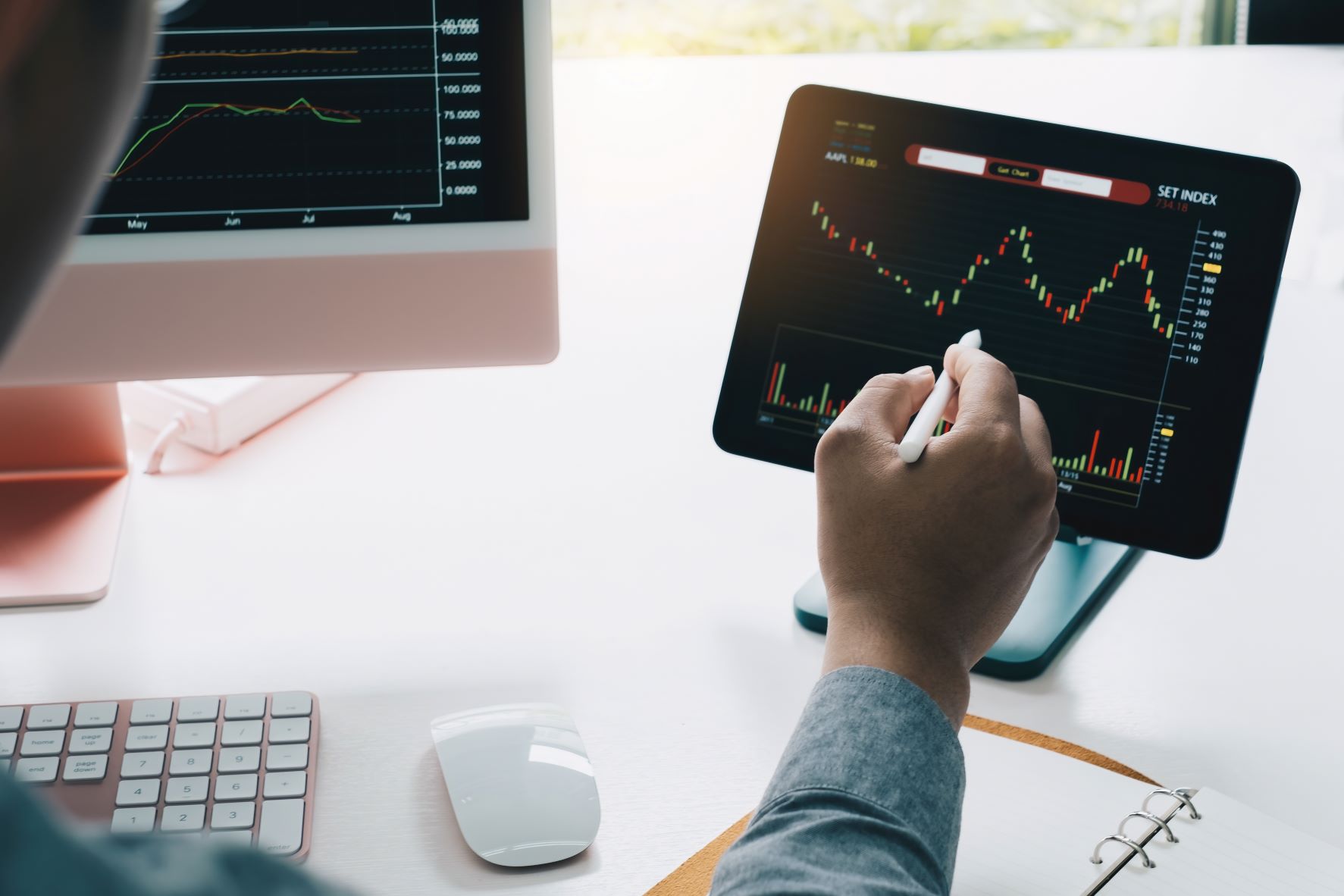Open a Demo Account
Try A demo Account now
Open a Live Account
Open Your Live Account Today
Signup for our Market Newsletter
Try A demo Newsletter Today!
Interpreting Futures Trading Volume

Interpreting futures trading volume helps traders to make timely critical trading decisions linked to managing, exiting, or taking on a trade setup. It also helps traders to analyze the market and the performance of their securities. The volume of futures thus refers to the total number of contracts traded in the trading period and are widely reported along with the volume of the market.
Traders are thus able to interpret the volume to analyze and compare it to the liquidity of securities. Securities that have a greater trading volume are more liquid and popular among traders as the price movements of these securities usually move favorably and give traders better insight into market sentiment.
These trading volumes also help to reinforce the accuracy and repetition of the various rhythms and patterns that are a representation of market sentiment. Interpreting futures trading volume will enable you to make better trading decisions and help to maximize your profits.
General Trends
There are some general trends when interpreting futures trading volume. The following trends are:
- Falling open interest and falling trading volume indicates a congestion phase.
- Falling trading volume and rising open interest indicate a period of slow accumulation.
- Falling open interest and rising volume indicates position liquidation.
- Rising open interest and rising volume confirm a trend.
By monitoring and identifying the interest and volume levels, you can make the necessary changes to your trade positions. For example, if you notice that the futures you are trading have a rising volume but falling open interest, you should be prepared to liquidate your positions and exit the trade quickly before you make further losses. Understanding the relationship between volume and open interest thus allows you to guide your trades in the following ways:
- Declining open interest or volume and rising prices indicate an impending change of direction.
- A period of exhibited trend increases open interest.
- Volume may occasionally spike but generally declines during the accumulation phase.
While these trends are not always a foolproof method to trade and do have exceptions, such as during times or days when volume will deviate from the ‘norm’, they are critical to guiding your trading decisions on future markets.
Momentum
The trading volume of futures allows traders to confirm a trend and identify momentum. In general, if trading volume increases, the prices of the futures will also increase. If the future price is further increasing in an uptrend, prices will further increase, and the trader can hold their long positions longer to maximize their profits.
On the other hand, if there is no correlation between the volume of futures and their price, traders should be prepared for a possible price reversal due to weakness in the current price trend. A sharp drop in price and spike in trading volume may indicate that the uptrend of a future’s price is coming to an end and a price reversal may be occurring.
Active Period
Traders should also trade during active periods as more traders are actively buying and selling the futures. Futures trading volume is much higher during active periods allowing traders’ orders to be filled faster. The bid-ask spread of futures is also usually smaller during active periods.
Why Choose Bold Analysis, LLC?
How would you like to be guided through your futures trading journey through digital mentorship services? Bold Analysis LLC’s experienced consultants are experts in different areas of futures and forex trading. Let us help you on your way to becoming a successful futures trader today. We have the expertise and experience to assist you.